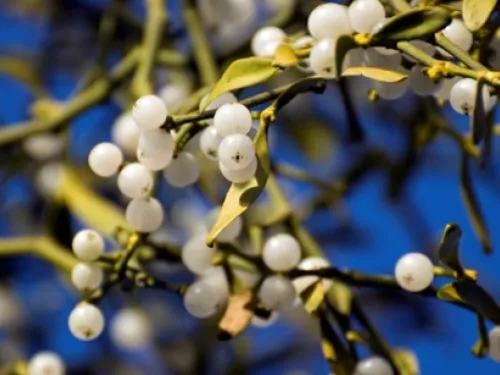This shows what’s required in terms of the wider support frameworks if we’re going to succeed. The good news is that Kent Wildlife Trust, and the Wildlife Trusts nationally, are well placed to influence all the necessary bits of the jigsaw to make it succeed.
The bad news is that government, at the moment, seems willing to mandate BNG for house builders but has exempt “Nationally Significant Infrastructure Projects” (NSIP) from it – witness the wholly inadequate mitigation plans for HS2 – which seems to skip ‘avoidance’ entirely - given the proposed route goes through some 108 ancient woodlands, 33 SSSI’s and 693 Local Wildlife Sites! This is something that needs to be changed. We can only hope that potential projects like the Lower Thames Crossing decide to deliver proper BNG voluntarily. Our experience in Kent has been somewhat mixed to date, even with NSIP developers who should understand this agenda fully, for example, connections to wind farms across Sandwich & Pegwell bay, and solar farms at Cleve Hill.
Meanwhile, however, Kent Wildlife Trust has to work with what we’ve got and will, therefore, need to work at multiple levels to try and ensure that Biodiversity Net Gain delivery sews into broader long-term conservation objectives – taking the international learning and applying it locally. Biodiversity Net Gain is not a stand-alone solution to the biodiversity crisis but it is a potential contributor to minimising further damage and, potentially, a key component of building a more comprehensive solution on-the-ground whilst society and politicians catch up with the magnitude of habitat restoration that is required to tackle the interlinked Climate and Nature Crises.
Through our recent restructuring at Kent Wildlife Trust we’re now very well placed to make Biodiversity Net Gain work for wildlife in our county.
- The Kent Wildlife Trust Planning team will continue to work within the charity itself, objecting – where required – to straight-up bad planning applications, whilst working with local planning authorities, developers and partners in the Kent Nature Partnership to make sure that BNG is delivered within an effective and a joined up local policy framework that puts nature first.
- At the same time our, now legally separated, Consultancy team will work with those developers we think are going to get permission to build houses to come up with BNG plans that have the best chance of real gains for wildlife – working in a mission consistent way with Kent Wildlife Trust, its sole shareholder.
- Our Land Management team will then be able to take on long-term management of additional land that we can bring into conservation management as offsets are created.
- Meanwhile, our Advocacy team – working in conjunction with other Wildlife Trusts elsewhere – can start to challenge whether the overall level of housing being proposed in the South East is ecologically feasible.
- Working as a cross-cutting team we can try and focus all Biodiversity Net Gain investments into a long-term landscape framework – under the new Nature Recovery Network, off the expected passing of the Environment Bill – so that Biodiversity Net Gain contributes to delivering on the principles of making our wildlife habitats bigger, better & more joined up.
Kent Wildlife Trust and our Consultancy will deliver more for wildlife than commercial consultancies. The latter are about generating profit. Any money we make goes back into conservation. This is our USP, and one of the reasons we’re an attractive delivery partner for developers and local authorities alike.
To restore nature at scale society needs to Protect; Restore; and Fund.
Biodiversity Net Gain can play a part at all 3 levels. It should work for wildlife. We have a duty to make sure it does now that it’s here. The potential for real benefits cannot be ignored. Kent Wildlife Trust will work to make sure it has the maximum possible positive impact.






